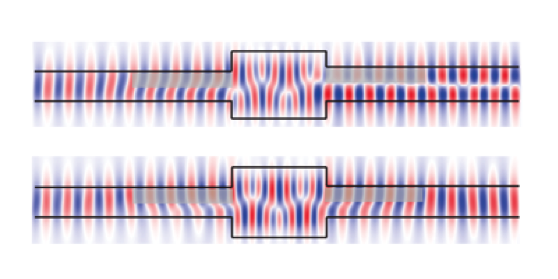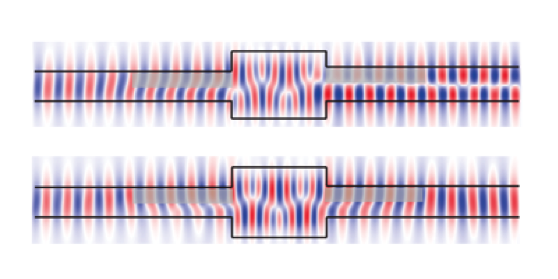A New Phase for Photonics
The Aharonov-Bohm effect is one of the standouts in the bestiary of weird quantum phenomena: charged particles that travel in paths around a magnetic field but don’t pass through it nonetheless are influenced by it. The wave functions of these particles acquire a phase shift that can be measured in an interferometer. In essence, though the classical electric and magnetic fields vanish in the particles’ path, they still experience what is known as a gauge potential (the electric and magnetic potentials in electromagnetism). What about neutral particles like photons, which don’t seem to interact with these gauge potentials⎯could they be subject to an Aharonov-Bohm effect?
Kejie Fang and colleagues at Stanford University, California, report in Physical Review Letters their proposal for creating Aharonov-Bohm phase shifts in photons by modulating the properties of an optical material. They study a slab waveguide structure in which the dielectric permittivity is harmonically modulated.
The authors conclude that this creates an effective gauge potential for photons that should be measurable by applying different modulations to two separate regions of the waveguide and looking for optical interference. One possible application of the photonic Aharonov-Bohm effect that Fang et al. suggest would be an optical isolator useful in fiber-optical information processing systems. – David Voss





